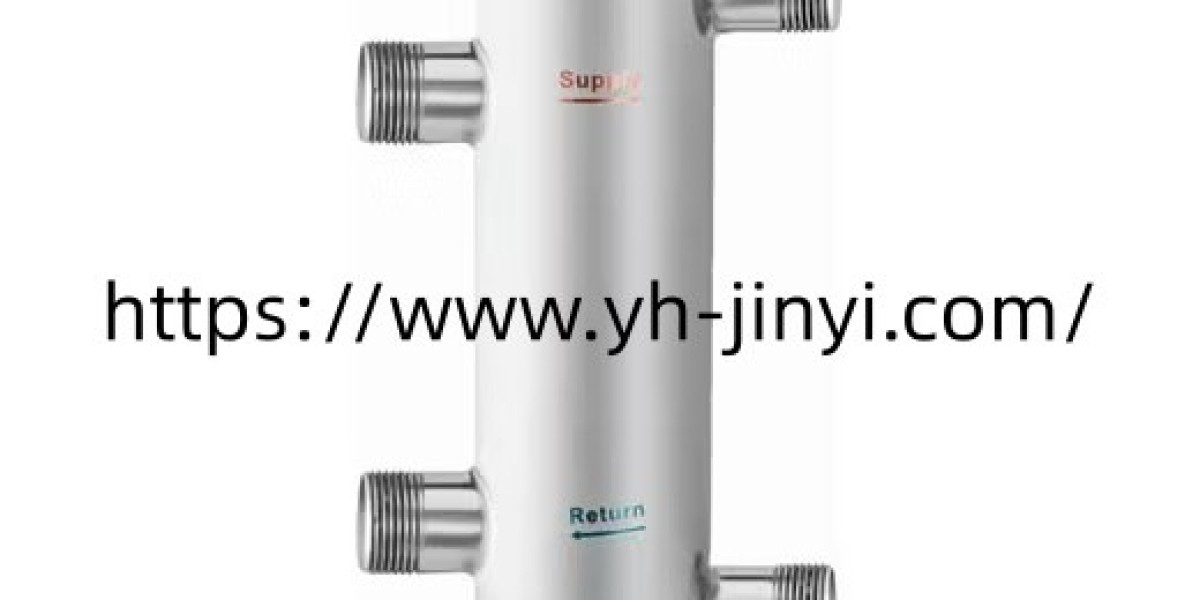Decoupling Tank plays a key role in building energy management, especially in hydronic heating and cooling systems. When different equipment requires separate circulation, this component helps maintain proper flow without pushing pumps or system elements to work against each other. Instead of forcing every device to operate at the same pace, it creates controlled separation, which can make overall building performance more consistent.
Modern buildings rely on complex networks that manage chilled and heated water. These systems often use different pumps, operating speeds, and distribution requirements. Without proper separation, two circuits can interfere with each other, resulting in unstable temperatures and uncomfortable indoor conditions. By maintaining hydraulic balance, the system lowers internal conflict between circuits. The result is more predictable performance and smoother operation across floors and zones.
Temperature control is tied closely to circulation stability. If heated or chilled water is moved inconsistently, the building may experience thermal delays, inefficient distribution, and frequent adjustments from equipment. With a stabilizing component acting between circuits, the pressure, speed, and flow can be regulated independently. This not only benefits comfort but also reduces unnecessary strain on pumps, valves, and heat exchangers.
The role of a balancing device becomes even more important in large-scale installations such as commercial buildings, hotels, and industrial facilities. These spaces often require varied flow demands across multiple areas. Without separation, equipment may experience pressure drops or excessive flow, leading to difficulties in controlling temperature. Maintaining a stable hydraulic boundary allows each piece of equipment to perform according to its intended function without interference from other circuits.
Energy usage within buildings increasingly depends on system control instead of simply increasing capacity. When heating and cooling systems are allowed to run without excessive pressure conflict, they maintain a smoother operational rhythm. This can assist building operators by lowering maintenance needs and helping mechanical equipment perform within controlled parameters. Stability also supports long-term system planning, as balanced operation contributes to a more predictable performance schedule.
Manufacturers continue to design enhanced solutions for water circulation balance, making installation and integration more convenient for builders and mechanical contractors. JINYI offers devices built to support flow separation in commercial and residential systems. The intention is not to overpower equipment but to make systems run with less disruption, reducing operational noise and avoiding unnecessary temperature fluctuation.
While building systems vary, the value of consistent hydraulic balance remains clear. Whether it is a newly built hotel, a residential tower, or a commercial plant, separating circuits can help maintain flow stability and regulate system demand. A reliable balancing unit plays a practical part in achieving better building-wide temperature management. To view related solutions, visit https://www.yh-jinyi.com/product/decoupling-tank/.









